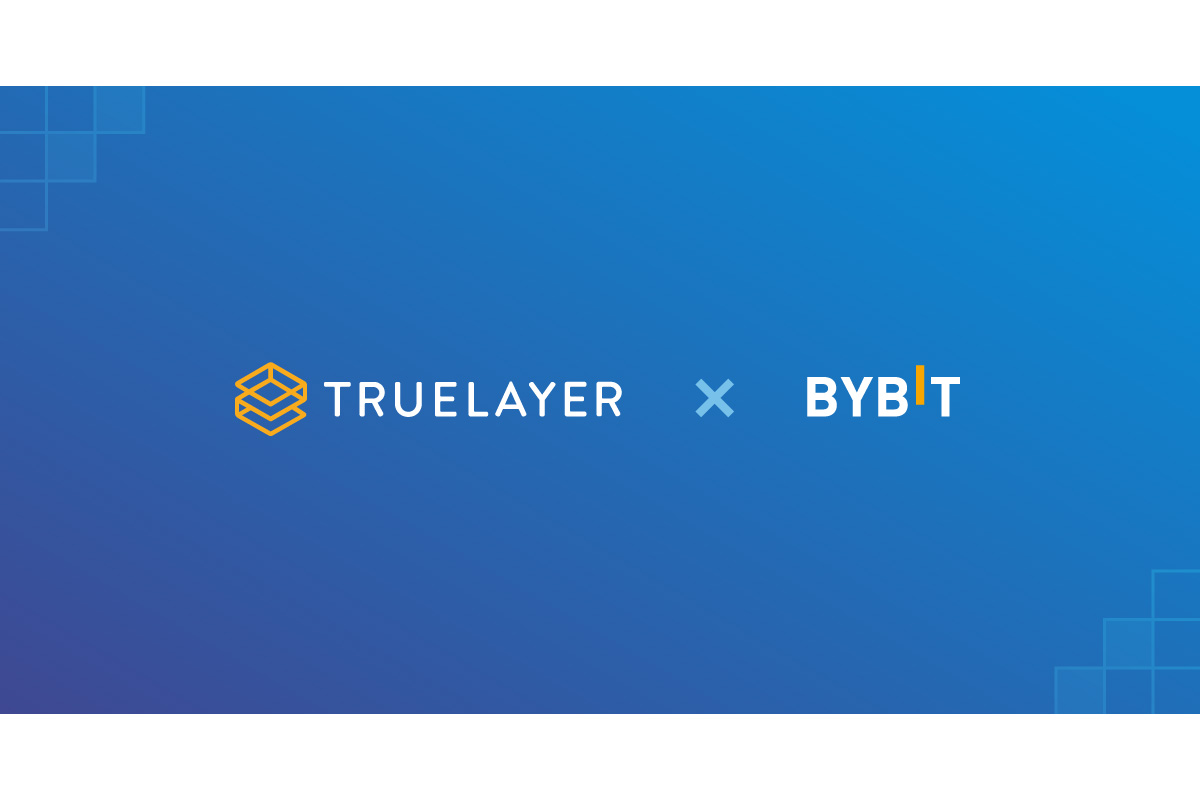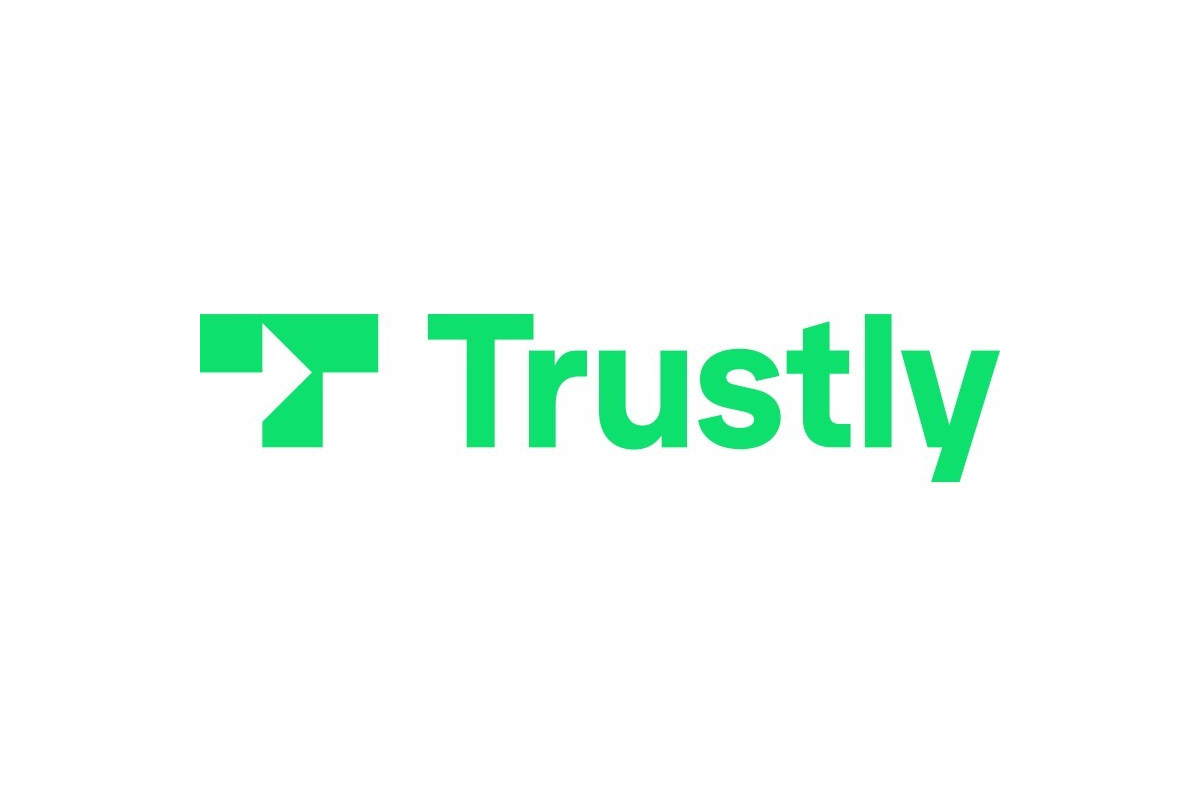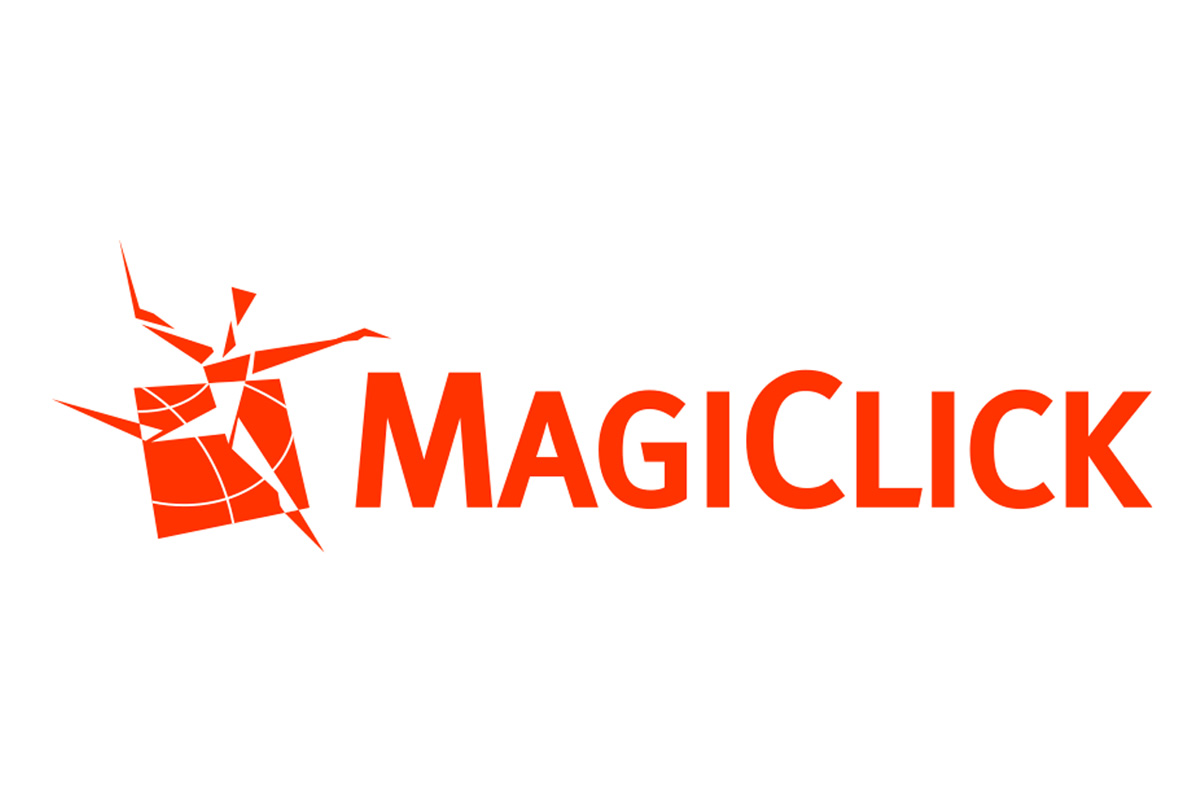Fintech
YouGov, TrueLayer research reveals the 5 trends shaping the future of iGaming payments

-
iGaming providers that offer instant bank payment capabilities and couple their service with responsible gambling initiatives will drive trust, higher usage and reduce player churn.
TrueLayer, the leading technology company building financial infrastructure that’s open to any business, anywhere in the world, today revealed the results of its latest research, produced in association with YouGov, into the future of iGaming payments.
The research surveyed over 3,000 regular online gamblers across major European markets including the UK, France, Spain, Italy and Germany, examining attitudes and experiences within iGaming, and the impact of payment options on player onboarding, retention and safeguards.
It revealed five significant trends:
-
Players want fast payments: Rapid deposits and payouts consistently topped the list of player priorities, with 8 out of 10 players rating fast payments as important – and they choose their gaming operators accordingly. Our survey shows that, in 5 out of 6 markets surveyed, players consider fast withdrawals to be in their top two priorities. Compare this with “A good sign-up offer for new customers” – the bounty that has occupied marketers for so long – never making it into a country’s top five priorities.
“What’s better than your player not having to wait to deposit their money and play, or withdraw their winnings? That’s the best experience you can give them,” commented Christian Reinheimer, Head of Payments Strategy, LeoVegas.
-
Instant withdrawals improve brand trust: Instant withdrawals increase deposits, while slow or problematic withdrawals are a key source of frustration, complaints, bad reviews – and ultimately churn. Almost two thirds of respondents said they were more likely to trust a gaming service that offered withdrawals and deposits (64%). While more than half (55%) said they were likely to switch to an online gaming service that offered instant withdrawals.
“Players who have access to faster withdrawals are loyal, highly engaged customers who deposit more regularly,” commented Natalie Dunne, Head of Payments, Paddy Power Betfair.
-
Players want to pay by bank transfer: In the UK, Germany and the Nordics around 7 in 10 players use bank transfer to pay into a gaming service. Pan-European gaming brands to be mindful of the fact differing cultural preferences across the continent, as card payments still dominate in France, Italy and Spain.
-
Onboarding needs to be fast and simple: For all online services, the onboarding challenge is simple, the customer has not yet experienced your service, so they are easier to lose. The trend is towards seamless and frictionless signups. In total, around two thirds of our respondents (65%) said they would not tolerate a signup process which lasted more than five minutes.
-
Players choose operators that support responsible gambling: Our research shows that online gaming operators who promote responsible gambling by including tools like spending caps are more popular than those without sophisticated limits. Around two thirds (65%) of players across are likely to use a site that promotes responsible gambling by setting spending caps and limits.
“The research findings clearly show that improved payment options are a key driver for players, whether they are choosing a new gaming provider, allocating deposits or deciding to move on. It delivers a clear message to operators that as players experience seamless digital services in other aspects of their lives, their expectations for iGaming are also changing,” commented George Davis, Product Lead for Payments at TrueLayer.
For operators that means implementing more robust, instant pay-in and payout capabilities, or face increased player churn. True loyalty, the sort that causes customers to genuinely recommend a brand to their friends, comes from one thing only: exceptional customer experience. That includes everything from dispute resolution through to technical reliability and confidence in payments.
Open banking can play a crucial role, delivering new payments approaches to the iGaming market. It also presents an opportunity for operators to differentiate and drive customer customer loyalty through rapid deposits and withdrawals; a trusted white-label payment experience; and tailored responsible gaming protections.
“iGaming providers that offer instant bank payment capabilities and couple their service with responsible gambling initiatives will drive trust, higher usage and higher player stickiness,” added Davis. “Open banking is also a positive move for responsible and sustainable gambling, since banks can control their limit allowance, and any interactions via open banking APIs will enforce those allowances.”
About the Research methodology
The report presents the findings from a survey, conducted by YouGov, into the habits of users of online gambling/betting services. It focused specifically on attitudes to signing up to a service, as well as the ways in which they transfer money in and out of their gaming accounts. We conducted over 3,000 interviews, during October 2020. Data was gathered across six European markets: the UK, Germany, France, Spain, Italy and the Nordics (Sweden, Finland and Norway) with a minimum of 500 interviews in each territory.
For the purposes of this survey, online gaming refers to a breadth of online gambling activities, including sports betting, casino games (from slots to poker), bingo and lotteries. All respondents use online gambling / betting sites at least once every couple of months.
Fintech
How to identify authenticity in crypto influencer channels

Modern brands stake on influencer marketing, with 76% of users making a purchase after seeing a product on social media.The cryptocurrency industry is no exception to this trend. However, promoting crypto products through influencer marketing can be particularly challenging. Crypto influencers pose a significant risk to a brand’s reputation and ROI due to rampant scams. Approximately 80% of channels provide fake statistics, including followers counts and engagement metrics. Additionally, this niche is characterized by high CPMs, which can increase the risk of financial loss for brands.
In this article Nadia Bubennnikova, Head of agency Famesters, will explore the most important things to look for in crypto channels to find the perfect match for influencer marketing collaborations.
-
Comments
There are several levels related to this point.
LEVEL 1
Analyze approximately 10 of the channel’s latest videos, looking through the comments to ensure they are not purchased from dubious sources. For example, such comments as “Yes sir, great video!”; “Thanks!”; “Love you man!”; “Quality content”, and others most certainly are bot-generated and should be avoided.
Just to compare:


LEVEL 2
Don’t rush to conclude that you’ve discovered the perfect crypto channel just because you’ve come across some logical comments that align with the video’s topic. This may seem controversial, but it’s important to dive deeper. When you encounter a channel with logical comments, ensure that they are unique and not duplicated under the description box. Some creators are smarter than just buying comments from the first link that Google shows you when you search “buy YouTube comments”. They generate topics, provide multiple examples, or upload lists of examples, all produced by AI. You can either manually review the comments or use a script to parse all the YouTube comments into an Excel file. Then, add a formula to highlight any duplicates.

LEVEL 3
It is also a must to check the names of the profiles that leave the comments: most of the bot-generated comments are easy to track: they will all have the usernames made of random symbols and numbers, random first and last name combinations, “Habibi”, etc. No profile pictures on all comments is also a red flag.
LEVEL 4
Another important factor to consider when assessing comment authenticity is the posting date. If all the comments were posted on the same day, it’s likely that the traffic was purchased.
2. Average views number per video
This is indeed one of the key metrics to consider when selecting an influencer for collaboration, regardless of the product type. What specific factors should we focus on?
First & foremost: the views dynamics on the channel. The most desirable type of YouTube channel in terms of views is one that maintains stable viewership across all of its videos. This stability serves as proof of an active and loyal audience genuinely interested in the creator’s content, unlike channels where views vary significantly from one video to another.
Many unauthentic crypto channels not only buy YouTube comments but also invest in increasing video views to create the impression of stability. So, what exactly should we look at in terms of views? Firstly, calculate the average number of views based on the ten latest videos. Then, compare this figure to the views of the most recent videos posted within the past week. If you notice that these new videos have nearly the same number of views as those posted a month or two ago, it’s a clear red flag. Typically, a YouTube channel experiences lower views on new videos, with the number increasing organically each day as the audience engages with the content. If you see a video posted just three days ago already garnering 30k views, matching the total views of older videos, it’s a sign of fraudulent traffic purchased to create the illusion of view stability.
3. Influencer’s channel statistics
The primary statistics of interest are region and demographic split, and sometimes the device types of the viewers.
LEVEL 1
When reviewing the shared statistics, the first step is to request a video screencast instead of a simple screenshot. This is because it takes more time to organically edit a video than a screenshot, making it harder to manipulate the statistics. If the creator refuses, step two (if only screenshots are provided) is to download them and check the file’s properties on your computer. Look for details such as whether it was created with Adobe Photoshop or the color profile, typically Adobe RGB, to determine if the screenshot has been edited.
LEVEL 2
After confirming the authenticity of the stats screenshot, it’s crucial to analyze the data. For instance, if you’re examining a channel conducted in Spanish with all videos filmed in the same language, it would raise concerns to find a significant audience from countries like India or Turkey. This discrepancy, where the audience doesn’t align with regions known for speaking the language, is a red flag.
If we’re considering an English-language crypto channel, it typically suggests an international audience, as English’s global use for quality educational content on niche topics like crypto. However, certain considerations apply. For instance, if an English-speaking channel shows a significant percentage of Polish viewers (15% to 30%) without any mention of the Polish language, it could indicate fake followers and views. However, if the channel’s creator is Polish, occasionally posts videos in Polish alongside English, and receives Polish comments, it’s important not to rush to conclusions.
 Example of statistics
Example of statistics
Wrapping up
These are the main factors to consider when selecting an influencer to promote your crypto product. Once you’ve launched the campaign, there are also some markers to show which creators did bring the authentic traffic and which used some tools to create the illusion of an active and engaged audience. While this may seem obvious, it’s still worth mentioning. After the video is posted, allow 5-7 days for it to accumulate a basic number of views, then check performance metrics such as views, clicks, click-through rate (CTR), signups, and conversion rate (CR) from clicks to signups.
If you overlooked some red flags when selecting crypto channels for your launch, you might find the following outcomes: channels with high views numbers and high CTRs, demonstrating the real interest of the audience, yet with remarkably low conversion rates. In the worst-case scenario, you might witness thousands of clicks resulting in zero to just a few signups. While this might suggest technical issues in other industries, in crypto campaigns it indicates that the creator engaged in the campaign not only bought fake views and comments but also link clicks. And this happens more often than you may realize.
Summing up, choosing the right crypto creator to promote your product is indeed a tricky job that requires a lot of resources to be put into the search process.

Author
Nadia Bubennikova, Head of agency at Famesters
Fintech
Central banks and the FinTech sector unite to change global payments space

The BIS, along with seven leading central banks and a cohort of private financial firms, has embarked on an ambitious venture known as Project Agorá.
Named after the Greek word for “marketplace,” this initiative stands at the forefront of exploring the potential of tokenisation to significantly enhance the operational efficiency of the monetary system worldwide.
Central to this pioneering project are the Bank of France (on behalf of the Eurosystem), the Bank of Japan, the Bank of Korea, the Bank of Mexico, the Swiss National Bank, the Bank of England, and the Federal Reserve Bank of New York. These institutions have joined forces under the banner of Project Agorá, in partnership with an extensive assembly of private financial entities convened by the Institute of International Finance (IIF).
At the heart of Project Agorá is the pursuit of integrating tokenised commercial bank deposits with tokenised wholesale central bank money within a unified, public-private programmable financial platform. By harnessing the advanced capabilities of smart contracts and programmability, the project aspires to unlock new transactional possibilities that were previously infeasible or impractical, thereby fostering novel opportunities that could benefit businesses and consumers alike.
The collaborative effort seeks to address and surmount a variety of structural inefficiencies that currently plague cross-border payments. These challenges include disparate legal, regulatory, and technical standards; varying operating hours and time zones; and the heightened complexity associated with conducting financial integrity checks (such as anti-money laundering and customer verification procedures), which are often redundantly executed across multiple stages of a single transaction due to the involvement of several intermediaries.
As a beacon of experimental and exploratory projects, the BIS Innovation Hub is committed to delivering public goods to the global central banking community through initiatives like Project Agorá. In line with this mission, the BIS will soon issue a call for expressions of interest from private financial institutions eager to contribute to this ground-breaking project. The IIF will facilitate the involvement of private sector participants, extending an invitation to regulated financial institutions representing each of the seven aforementioned currencies to partake in this transformative endeavour.
Source: fintech.globa
The post Central banks and the FinTech sector unite to change global payments space appeared first on HIPTHER Alerts.
Fintech
TD Bank inks multi-year strategic partnership with Google Cloud

TD Bank has inked a multi-year deal with Google Cloud as it looks to streamline the development and deployment of new products and services.
The deal will see the Canadian banking group integrate the vendor’s cloud services into a wider portion of its technology solutions portfolio, a move which TD expects will enable it “to respond quickly to changing customer expectations by rolling out new features, updates, or entirely new financial products at an accelerated pace”.
This marks an expansion of the already established relationship between TD Bank and Google Cloud after the group previously adopted the vendor’s Google Kubernetes Engine (GKE) for TD Securities Automated Trading (TDSAT), the Chicago-based subsidiary of its investment banking unit, TD Securities.
TDSAT uses GKE for process automation and quantitative modelling across fixed income markets, resulting in the development of a “data-driven research platform” capable of processing large research workloads in trading.
Dan Bosman, SVP and CIO of TD Securities, claims the infrastructure has so far supported TDSAT with “compute-intensive quantitative analysis” while expanding the subsidiary’s “trading volumes and portfolio size”.
TD’s new partnership with Google Cloud will see the group attempt to replicate the same level of success across its entire portfolio.
Source: fintechfutures.com
The post TD Bank inks multi-year strategic partnership with Google Cloud appeared first on HIPTHER Alerts.
-
Latest News7 days ago
“The Hainan FTP and Me”: Looking at Hainan’s Transformations
-
Latest News5 days ago
Millions of people unite around doing good on the 18th International Good Deeds Day held yesterday worldwide
-
Latest News5 days ago
Banxso Acquires Australian ASIC License, Enhancing Its Global Trading Operations
-
Latest News4 days ago
BMO Announces Election of Board of Directors
-
Latest News5 days ago
135th Canton Fair Launches a Showcase of Innovative Products of New Collection to Lead Global Market Trends
-
Latest News4 days ago
HaloWallet Rebrands To Halo: Integrating SocialFi & AI To Revolutionize Social Influence Monetization
-
Latest News6 days ago
BII and FMO back BECIS with joint US$50 million financing facility supporting commercial and industrial renewables sector in South-East Asia
-

 Fintech1 day ago
Fintech1 day agoHow to identify authenticity in crypto influencer channels









